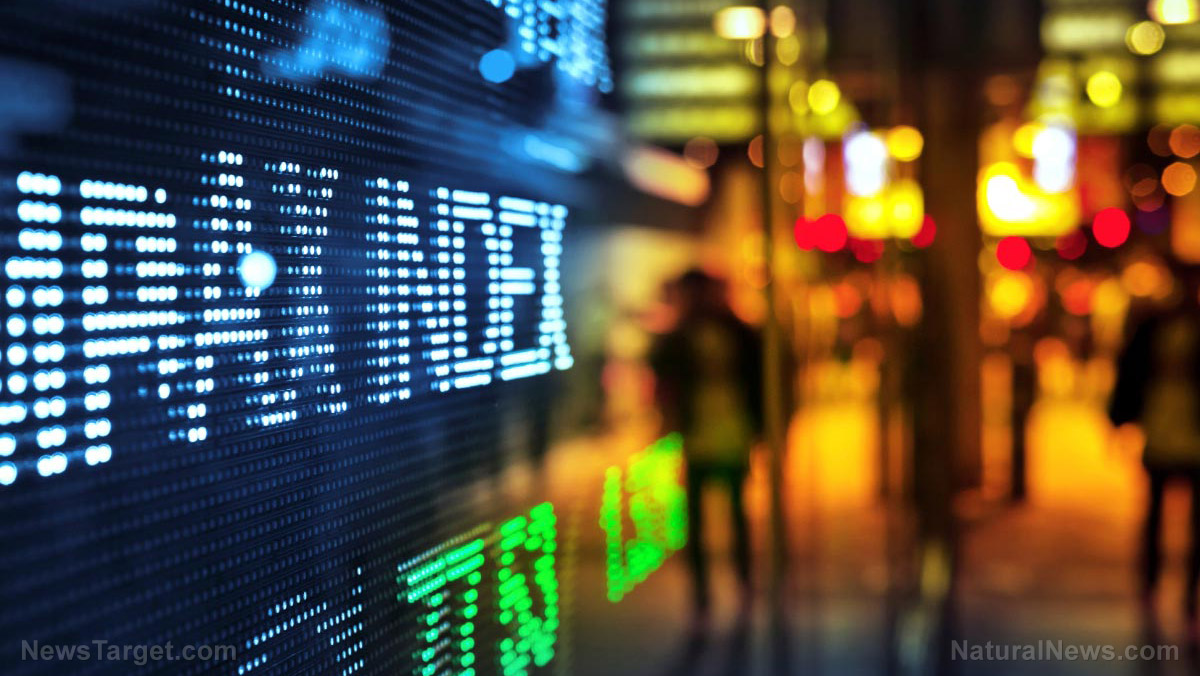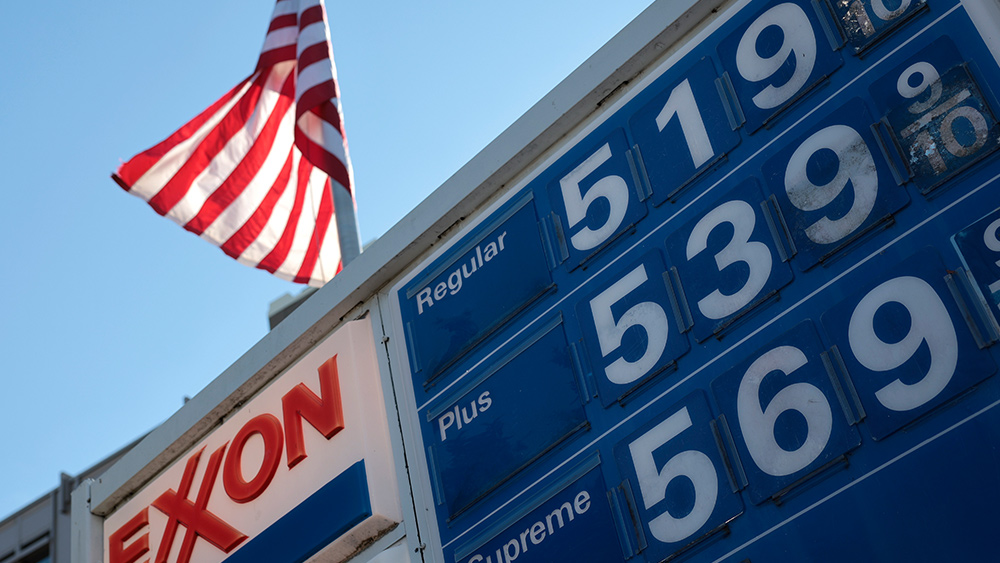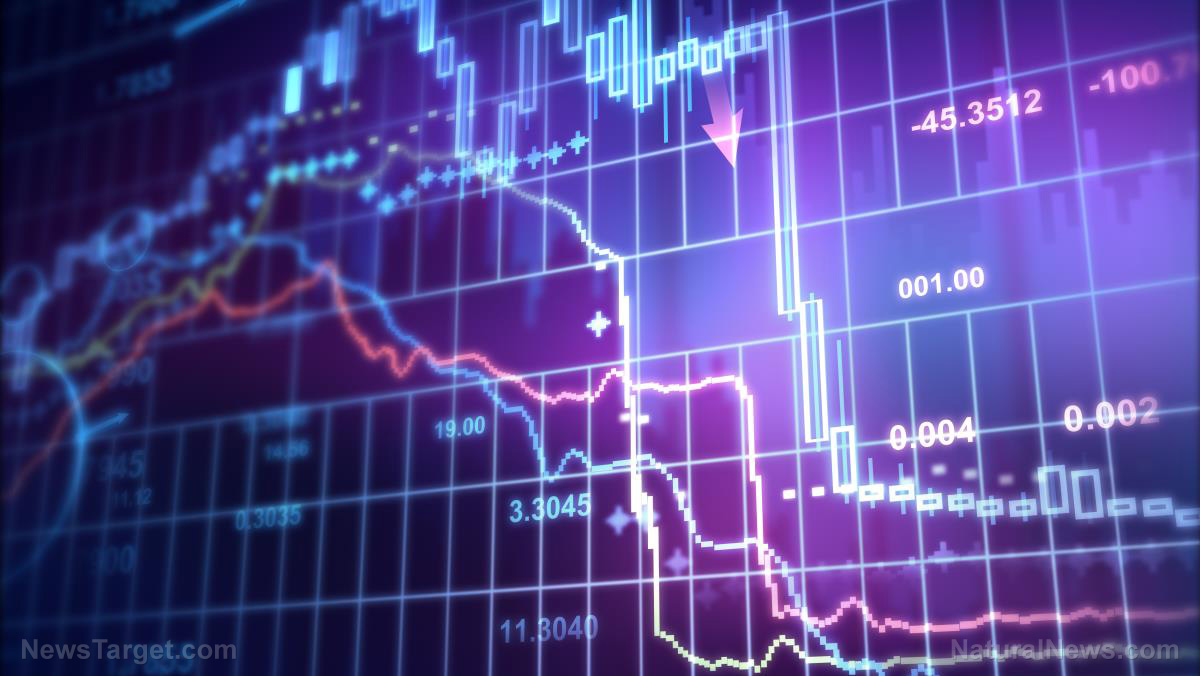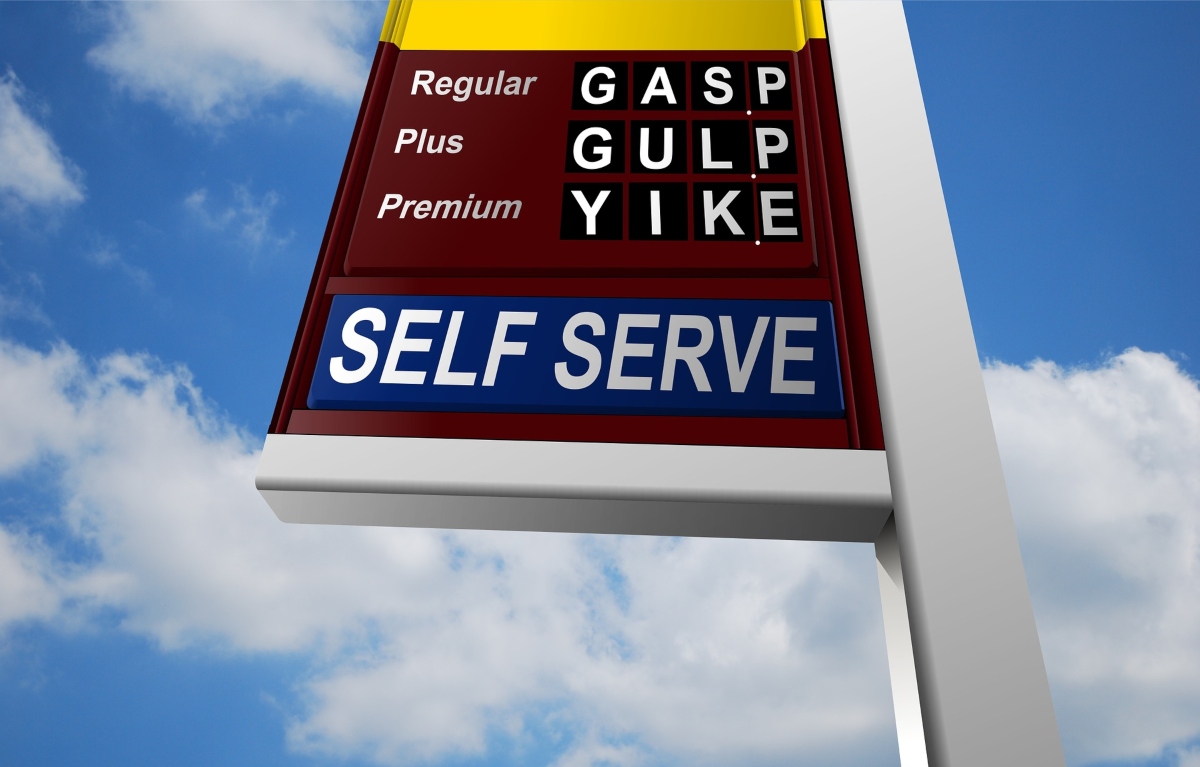US stocks in trouble: Shares could go nowhere based on long-term valuations
05/20/2022 / By Mary Villareal

U.S. stocks may be able to bounce back from a dismal start later this year. But beyond that may be a different story.
A Natixis survey of individual investors in 24 countries last year showed that U.S. investors had the highest projections in the group at 17.5 percent annual returns going forward. However, the difference between the projections and the historical experience is stark.
Compared with the long-term annual U.S. stock returns of around 9.8 percent, a $10,000 investment would grow to about $50,000 in 10 years instead of $25,000. The stocks’ more restrained long-run returns seem to be more aspirational at the moment.
Investors’ optimism is also easier to understand by looking at the 10 years through the end of 2021, during which the compound annual return of the benchmark S&P 500 was very good at 16.6 percent. (Related: Facebook shares plummet after FTC announces massive probe into Big Tech antitrust violations, censorship.)
The components need better scrutiny. Pundits talk about earnings growth, but it barely accounted for the decade that ended in December 2021. S&P 500 earnings per share also grew at an average of 7.7 percent a year, according to figures from the Semper Augustus Investments Group.
The rapid pace was achieved when corporate profit margins went from a respectable 9.2 percent to 13.4 percent. Returns would have been about four percentage points lower if margins hadn’t expanded.
Labor and material costs also rose. With the Trump administration’s corporate tax cuts done, it is not unreasonable to expect that the margin boosts will stall or reverse. Even during tech and housing booms, it was unusual for S&P 500 operating profit margins to exceed nine percent.
The price that investors were willing to pay for a dollar of earnings is also important: This went from a multiple of 13 to 23.6 times over the decade, with a multiple of 15 to 16 as the historical average.
Guessing the prices that investors will pay in the future and whether or not they will revert to the mean is hard. The recent selloff could be the early stages of adjustment, although monetary policy is likely to be the catalyst, according to Semper Augustus president and value-investing veteran Christopher Bloomstran.
Jeremy Grantham, another prominent value investor and co-founder of asset manager GMO, wrote that U.S. stocks have entered their fourth “superbubble” of the past 100 years and that they are expected to drop by half.
Experts say inflation remains a problem
With the economic problems lately, the S&P 500 would drop by another 45 percent or so if both the margins and price/earnings multiples revert to their long-run averages. (Related: Wall Street sees most rapid 30% SELL-OFF in history over coronavirus outbreak, surpassing Great Depression’s plunge.)
Stocks’ level in 2031 could be the same whether or not Grantham is correct about the market. The alternative could see milder selloffs and recoveries along the lines of what the U.S. experienced recently that led the stocks nowhere.
“It’s one thing when strategists talk about it, but it’s another thing when you actually hear from companies that they were having difficulties with higher prices, without being able to pass along higher prices to consumers,” said chief equity strategist at LPL Financial, Quincy Krosby, who noted that markets are still not convinced inflation has peaked.
“The market is still headed lower into this summer for the reasons that we’re seeing with these big-box retailers. We still have an inflation problem,” senior portfolio manager at Morgan Stanley Investment Management, Andrew Slimmon said.
Wall Street stocks finished with more losses on Thursday, May 19, despite efforts to rebound.
Among individual companies, Cisco Systems sank nearly 14 percent after it projected weaker sales and profit for the upcoming quarter. Harley-Davidson plunged 9.2 percent after it suspended assembly operations and shipments for two weeks following an unspecified supply chain problem and Under Armour lost 15.9 percent as it announced that its chief executive, Patrik Frisk, would step down amidst company struggles with the supply chain.
In other aspects, oil prices also dipped in volatile trade as markets weighed expectations that China will ease their COVID-19 restrictions against an unexpected fall in U.S. crude stockpiles, with refineries processing more crude.
U.S. crude fell 1.54 percent to $100.67 per barrel while Brent fell 1.4 percent to $110.28 on the same day.
Visit MarketCrash.news for more stories like this.
Watch the video below projecting the future of stock market.
This video is from the High Hopes channel on Brighteon.com.
More related stories:
Tech giants losing massive amounts of money as Wall Street continues to tank under Biden’s regime.
Wall Street is to blame for Big Tech’s monopolistic rule over commerce, free speech.
As crypto bubble bursts, Wall Street appears to be following suit.
Wall Street Journal still publishing lies about ivermectin.
Sources include:
Submit a correction >>
Tagged Under:
asset management, Bubble, chaos, Collapse, debt collapse, finance, financial collapse, inflation, investing, investors, market crash, money supply, risk, S&P 500, stock exchange, stock market, Wall Street
This article may contain statements that reflect the opinion of the author
RECENT NEWS & ARTICLES
COPYRIGHT © 2018 PANIC.NEWS
All content posted on this site is protected under Free Speech. Panic.news is not responsible for content written by contributing authors. The information on this site is provided for educational and entertainment purposes only. It is not intended as a substitute for professional advice of any kind. Panic.news assumes no responsibility for the use or misuse of this material. All trademarks, registered trademarks and service marks mentioned on this site are the property of their respective owners.



















